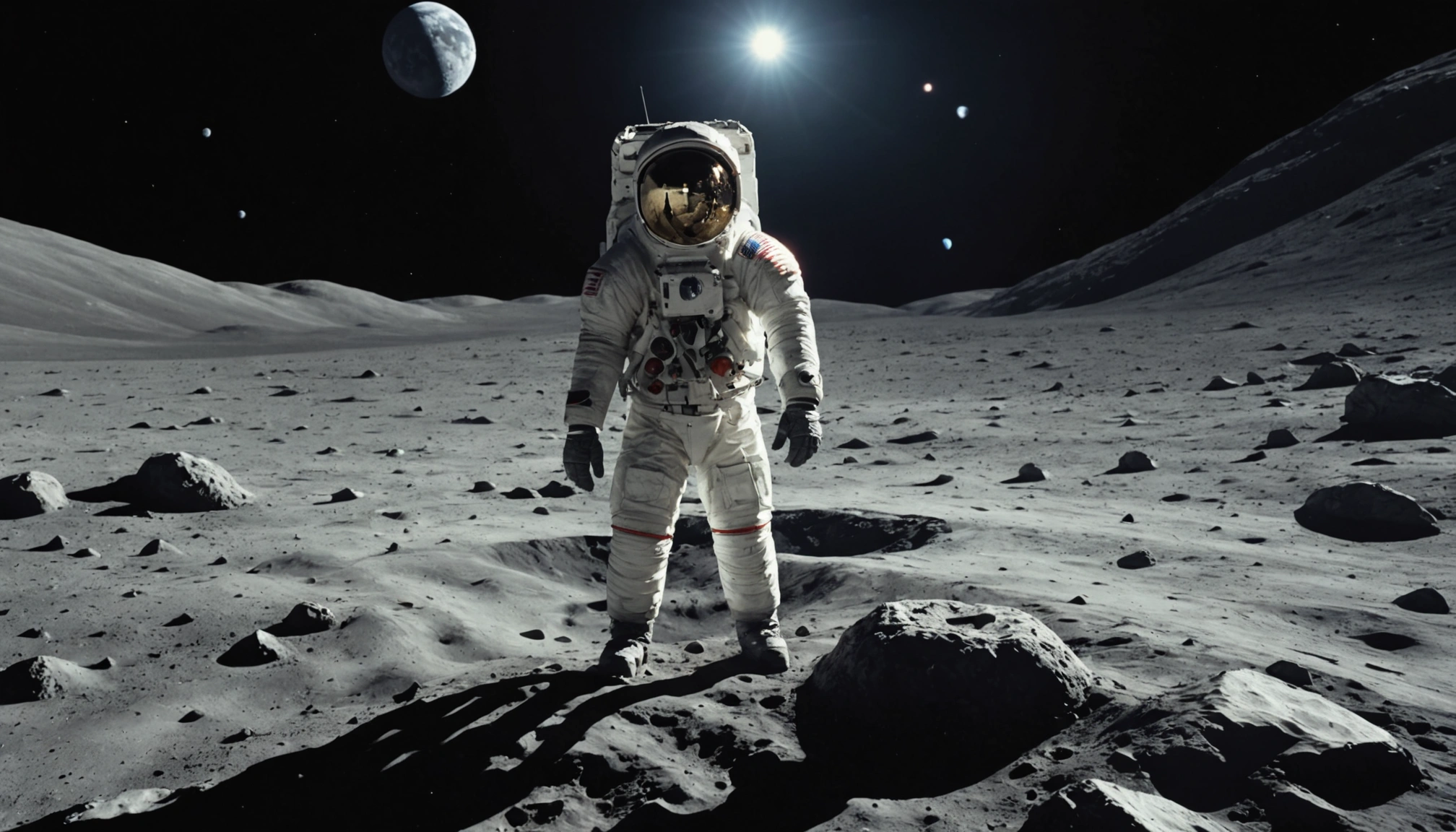Lunar Renaissance: Why NASA, ESA, and Others Are Racing Back to the Moon

After a half-century hiatus, the moon is once again the focus of intense interest from space agencies worldwide. NASA, the European Space Agency (ESA), and other international partners are investing billions in lunar missions, sparking what some are calling a new space race. This renewed interest isn't just about revisiting a familiar destination; it's driven by a complex mix of scientific, economic, and strategic motivations that could reshape humanity's future in space.
The Artemis Program: A Foundation for Sustainable Lunar Presence
NASA's Artemis program is at the forefront of this lunar resurgence. Named after the Greek goddess and twin sister of Apollo, Artemis aims to not only return humans to the moon but also establish a sustainable presence there. The program has several phases, including Artemis II, scheduled to send a crew around the Moon in September 2025, and Artemis III, which aims to land astronauts on the lunar surface in September 2026.
Unlike the Apollo missions, which were largely focused on demonstrating technological superiority during the Cold War, Artemis has broader objectives. These include learning how to live and work on the moon for extended periods, conducting extensive scientific research, and developing the technologies needed for future missions to Mars. A key component of this long-term vision is the establishment of Artemis Base Camp, a permanent lunar base at the moon's south pole. NASA also plans to launch a new space station, called Gateway, into the moon's orbit.
Scientific Discovery: Unlocking Lunar Secrets
The moon holds a wealth of scientific information that could revolutionize our understanding of the solar system. Scientists are particularly interested in the lunar south pole, where permanently shadowed craters are believed to contain significant deposits of water ice. This ice could provide valuable resources for future lunar missions, including drinking water, oxygen for life support, and hydrogen for rocket fuel.
Beyond water ice, the moon's regolith, or lunar soil, contains valuable minerals and rare earth elements. Researchers are investigating how these resources can be extracted and used to create building materials, radiation shielding, and other essential components for lunar bases. The ESA is developing instruments for radiation environment measurements, drilling, in-situ sample analysis, geophysics, and lunar space weather.
Understanding the lunar environment is also crucial for protecting the health and safety of future astronauts. Scientists will investigate how the unique conditions on the moon, such as low gravity and high radiation levels, affect human health and performance.
Economic Opportunities: Mining the Moon
The moon's abundant resources have attracted significant interest from both space agencies and commercial companies. While the costs of extraction and transportation are currently high, the potential economic benefits of lunar mining are substantial.
The moon is rich in iron, silicon, hydrogen, titanium, and rare earth elements. These materials could be brought back to Earth, where resources are dwindling, or used to support lunar bases and future space missions. Mining operations on the moon could also pave the way for extracting mineral wealth from asteroids.
One of the primary goals of lunar resource utilization is to achieve self-sufficiency for lunar bases. By using lunar regolith as radiation protection and construction material, for example, the need to transport materials from Earth can be significantly reduced. The ESA is conducting studies on using 3D printing technologies to create habitable structures from lunar soil.
Strategic Importance: A New Space Race
The renewed interest in the moon also reflects growing strategic competition in space. The United States has publicly stated that it considers itself to be in a new space race, and other countries, including China and Russia, are also pursuing ambitious lunar programs.
China and Russia are collaborating on a joint project to build a moon base called the International Lunar Research Station by 2035. This base, like Artemis Base Camp, is proposed as a scientific facility that will host astronauts for short stays and house permanent robotic equipment.
The competition to establish a presence on the moon is driven by a desire to secure access to lunar resources, demonstrate technological prowess, and project national power in space. The moon's strategic location also makes it an ideal platform for future missions to Mars and other destinations in the solar system.
Overcoming Challenges: The Path Forward
Despite the immense potential of lunar exploration, significant challenges remain. The high cost of lunar missions, the harsh lunar environment, and the need for advanced technologies all pose significant hurdles.
Financial constraints have historically been a major obstacle to lunar exploration. The Apollo program consumed a significant portion of the U.S. federal budget, and today, NASA's budget is much smaller relative to the overall economy. However, increased international collaboration and private sector investment are helping to offset these costs.
The lunar environment presents numerous challenges, including extreme temperatures, radiation exposure, and the lack of atmosphere. Developing technologies to protect astronauts and equipment from these hazards is essential for sustainable lunar exploration.
Conclusion: A Giant Leap for Humankind
The return to the moon represents a pivotal moment in human history. Driven by scientific curiosity, economic opportunity, and strategic competition, this new era of lunar exploration promises to unlock new knowledge, create new industries, and expand humanity's reach into the solar system.
The Artemis program and other international efforts are laying the foundation for a sustainable lunar presence, paving the way for future missions to Mars and beyond. As we overcome the challenges and embrace the opportunities that lie ahead, the moon will serve as a stepping stone to a future where humans live and work among the stars.
Related Articles

China Embarks on Decade-Long Mission to Unlock Secrets of Asteroids and Comets with Tianwen-2

